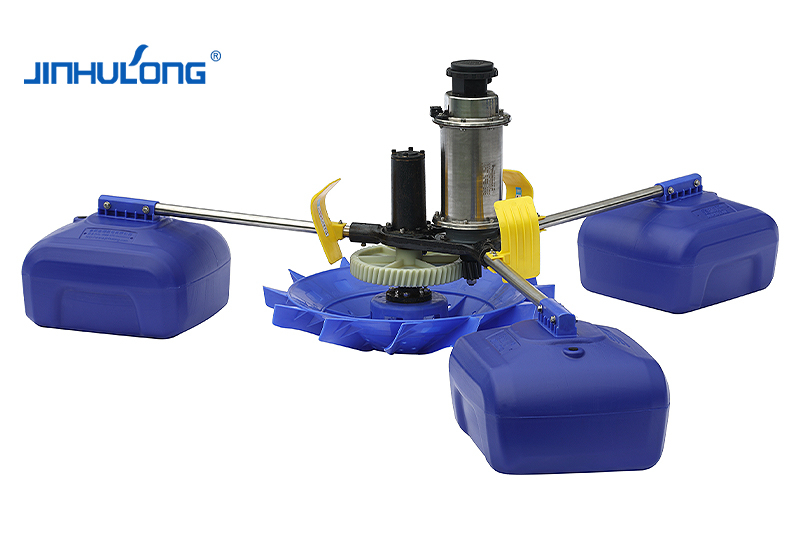Introduction to Impeller Aerator and Water Depth
An Impeller Aerator is a critical device used in aquaculture and water treatment to enhance dissolved oxygen levels. While its operation is generally consistent, water depth significantly affects its oxygen transfer efficiency. Understanding these variations helps operators optimize aeration performance and ensure uniform oxygen distribution throughout the water body. Water depth influences not only the time that oxygen bubbles remain submerged but also the turbulence created by the impeller.
Impact of Shallow Water Conditions
In shallow water, Impeller Aerators tend to create strong surface agitation. This results in rapid oxygen transfer to the top layers, but the lower water layers may receive insufficient aeration. The limited depth allows bubbles to quickly reach the surface, reducing contact time and therefore limiting oxygen dissolution. Shallow water aeration can be effective for small ponds or tanks, but may require multiple aerators or supplementary devices to maintain uniform oxygen levels throughout the water column.
Performance in Moderate Water Depths
At moderate depths, Impeller Aerators achieve a balance between turbulence and oxygen transfer. Bubbles generated by the impeller have longer residence time before reaching the surface, allowing greater oxygen dissolution into the water. Circulation patterns are more effective, reducing stratification and improving overall water quality. This depth range typically allows the device to operate near its optimal efficiency, providing adequate aeration while maintaining manageable energy consumption and mechanical stress.
Challenges in Deep Water Applications
In deeper water bodies, the effectiveness of an Impeller Aerator can be limited by the distance bubbles must travel to reach the lower layers. While surface agitation remains strong, oxygen distribution at depth may be uneven, creating zones of lower dissolved oxygen. To address this, higher impeller speeds or multiple aeration points are often required. The design of the impeller and the placement of the device within the water column are critical to achieving adequate vertical mixing and preventing oxygen-deficient areas.
Operational Considerations for Varying Depths
Operators must consider water depth when selecting and positioning Impeller Aerators. In shallow water, careful spacing and reduced speed can prevent excessive surface turbulence, while in deep water, additional units or increased rotational speed may be necessary to ensure uniform aeration. Regular monitoring of dissolved oxygen at different depths helps fine-tune operation, ensuring that both surface and bottom layers maintain appropriate oxygen levels for aquatic life or treatment processes.
Water depth plays a significant role in determining the oxygen transfer efficiency of Impeller Aerators. Shallow waters may experience rapid surface aeration but limited penetration, while moderate depths allow optimal performance and circulation. In deeper waters, achieving uniform oxygen distribution requires careful planning, multiple aerators, or increased power. By understanding these depth-dependent variations, operators can enhance water quality, maintain biological health, and optimize the energy efficiency of aeration systems.
